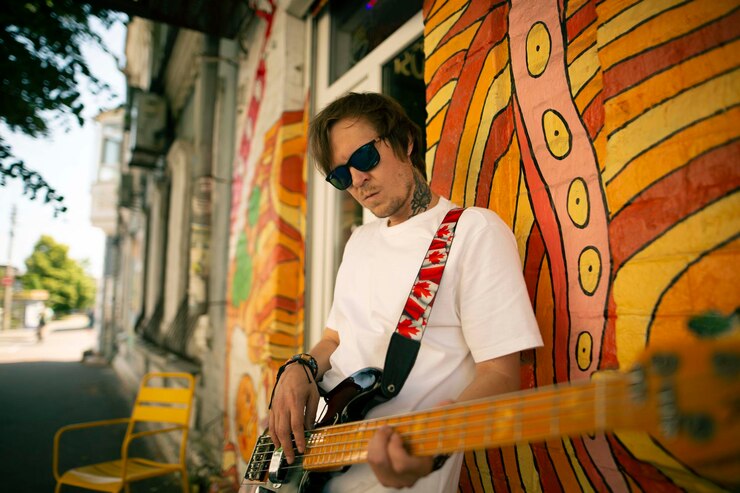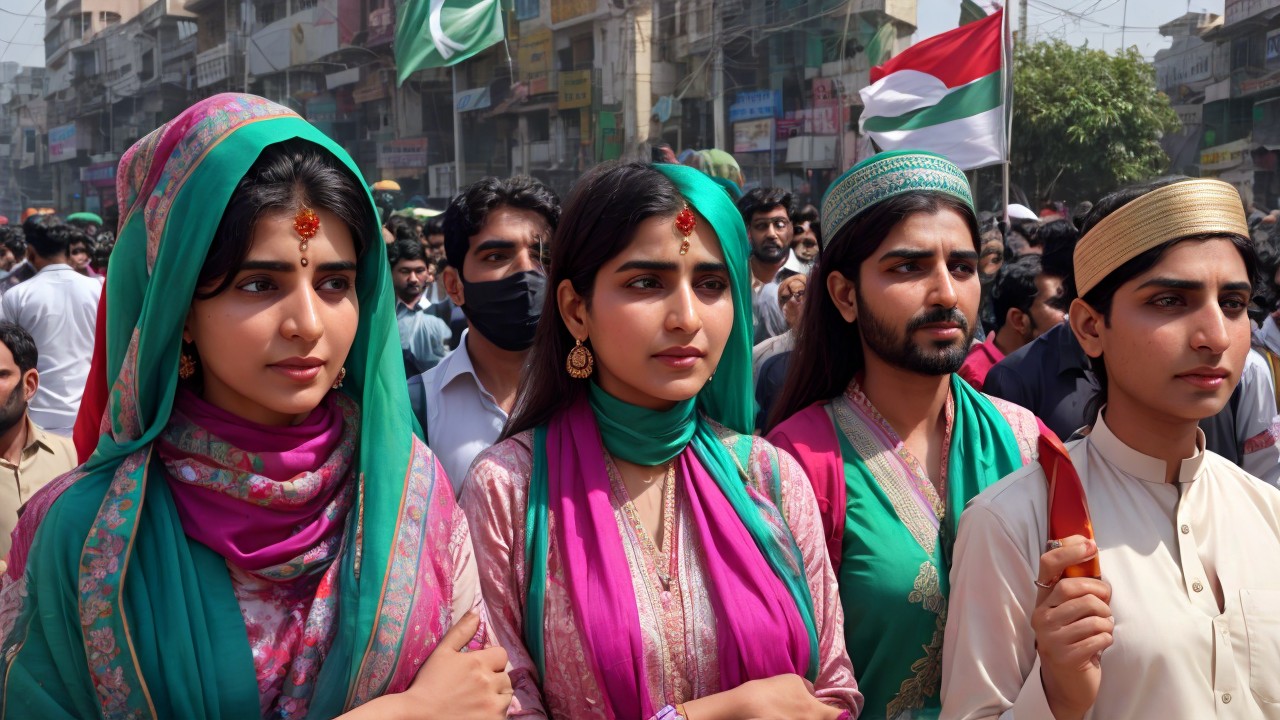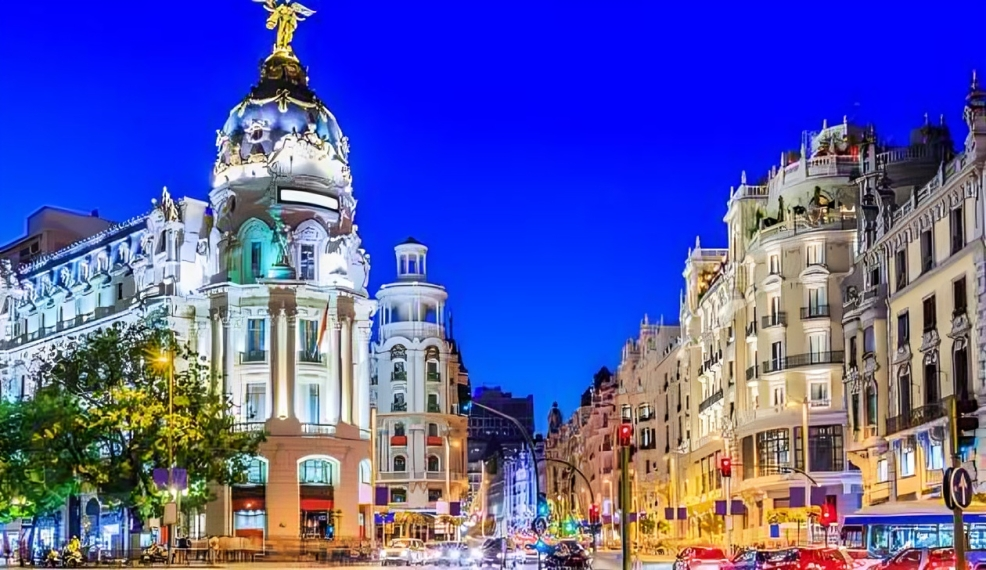The pop music journey is constantly changing, a dynamic evolution that reflects cultural shifts, technological advances, and audiences’ wishes worldwide. From its humble beginnings in the early 20th century to its current standing as a worldwide cultural force, pop has not solely amused millions. Still, it has additionally been formed by social trends. This text explores the Journey of pop, tracing its rise from straightforward people tunes to the complicated genre-crossing melodies that dominate the charts.
The Birth of Pop Music
Pop music as we know it these days started forming in the early 1900s, with the fusion of ancient folk and genre, blues, jazz and early rock parts. As these designs began to mix, the ensuing music was accessible and straightforward to consume, creating a staple of thought amusement. Artists like Francis Albert Sinatra and crooners in the Nineteen Forties and 1950s arranged the groundwork for the pop genre, showcasing an appealing mixture of catchy melodies and relatable lyrics.
The Fifties introduced Presley, the King of Rock, whose music transcended genres and bridged the gap between rock and pop. His rise to fame marked the start of an era where popular music began to dominate contemporaries. This was the instant once pop music Journey formally started its role as a vital force in society.
Golden Eras of pop music
The Sixties and Nineteen Seventies brought monumental shifts in pop. Because the world saw the increase of the cultural movement, music followed suit, changing into additional experimental and socially aware. The Beatles, with their mix of pop melodies and innovative arrangements, were an actuation throughout this point, redefining pop with every album. The Beatles’ success arranged the inspiration for international popular culture and transferral music into the forefront of social amendment.
The Nineteen Seventies conjointly introduced the ballroom, which became a world sensation with its upbeat tempos and glamourous charm. Artists like Woman Summer and, therefore, the Bee Gees helped form the sound of the last decade, transferral pop to the dance floors of each club within the world. This era is incontestible; however, pop couldn’t solely be a source of amusement but conjointly a unifying force that brought individuals together through shared experiences.
Pop Music and the Rise of Visual Storytelling
The 1980s ushered in the rise of music videos, and the popular music genre embraced this new visual medium. With the launch of MTV in 1981, pop stars like vocalizers Madonna and Patrician revolutionized the approach to which music was consumed, presenting a rigorously crafted visual identity aboard their musical sound. The music video became an integral part of pop music, with artists using it as a platform to communicate messages and make picture images.
Michael Jackson’s “Thriller,” Madonna’s boundary-pushing performances, and Prince’s fusion of genres not solely influenced popular music but additionally set the stage for what would come back to be referred to as “pop culture.” The pop music journey continues to achieve momentum, pushing the boundaries of what was attainable in each sound and image.
Pop Music within the Digital Age
The internet and digital technologies in the 1990s and early 2000s significantly influenced popular music. With the increase of platforms like Napster, iTunes, and eventually Spotify, the popular music genre became more accessible than ever. The digital age marked the start of streaming platforms that allowed listeners to access new artists with a button click. As a result, popular music genres became even more international, transcending regional and cultural boundaries.
Social media amplified the Impact of popular music, giving artists direct access to their fans. Popular music became very immediate, as fans could move with their idols in time, sharing content and building communities online. This era additionally gave rise to microorganism sensations, with songs like Psy’s “Gangnam Style” reaching unprecedented quality due to social media sharing.
Trends that Define Modern Pop
Today, the pop music Journey is characterized by its mix of genres and influences. Trendy pop artists seamlessly incorporate components of hip-hop, EDM, and even indie rock, making a novel fusion of designs attractive to many attractive to many listeners. Artists like Taylor Swift, Beyoncé, and Billie Eilish represent pop’s evolution, transporting their personal vogue to the genre.
Pop music these days conjointly reflects recent society’s dynamic tastes and values. Lyrics square measures various themes, such as management, mental state, love, and social justice. In a world that’s perpetually evolving, pop has become a robust tool for expressive style, with artists using their platform to discuss problems that relate to them and their audiences.
Cultural Impact of Pop
The pop Journey has left an associate degree unerasable mark on culture. Pop stars have continuously been trendsetters, influencing fashion, language, and politics. From the Beatles’ Impact on fashion to Beyoncé’s influence on feminism, pop has profoundly influenced social norms and behaviors.
One of the key aspects of pop music’s cultural significance is its ability to unite individuals from various backgrounds. Whether or not it’s a world hit like “Shape of You” by dysfunction Sheeran or a protest anthem like “Born This Way” by woman Gaga, pop connects individuals and fosters a way of shared identity. It conjointly is a mirrored image of the days, capturing society’s emotions, aspirations, and struggles at a massive.
Challenges and Opportunities within the pop music industry
While pop music continues to thrive, it faces many challenges, notably with increased streaming platforms and dynamic shopper habits. The decline of physical album sales and reliance on digital platforms have forced several musicians to adapt to new ways of generating financial gain, like live performances and merchandise sales.
In any case, these challenges have also created unused openings. Virtual concerts and live-streaming platforms have become essential to the trendy music business, allowing artists to connect with fans imaginatively. The developing drift of AI-generated music and the rise of freelance artists making music from home are reshaping the approach we expect contemporary music’s future.
Preserving the legacy of pop music
As thepop music Journey continues to misfold, it’s essential to preserve the legacy of pop music. Efforts are being created to archive and document pop history through museums, documentaries, and digital platforms. These initiatives aim to confirm that the contributions of past and gift artists square measure remembered and celebrated.
Music education additionally plays a key role in consemusic’ sop music’s inheritance. By teaching young musicians about the history of pop and the techniques that have formed the genre, we can ensure that future generations continue to pioneer and build upon what has preceded them.
Why Pop Music Will Endure
Despite its challemusic’sop, music’s universal charm ensures its continued relevance. Whether or not through longing for past hits or the thrill of discovering new talent, popular music remains an integral part of outsides. It’s a genre that reflects who we are, what we are worth, and wherever we go.
The popular music Journey can, beyond question, continue with new sounds, new artists, and innovations shaping the longer term of the genre. As we glanit’shead, it’s clear that popular music can stay a cornerstone of worldwide culture, evolving with the days while staying faithful to its roots.
Conclusion: The Ever-Evolving popular music Journey
The pop music Journey may test the genre’s ability and charm. From its roots in early 20th-century recreation to its dominance within the digital age, popular music has continuously remained relevant and recent. As we tend to replicate its history and appearance forward to its future, one issue is specific: popular music can still evolve and form the planet around us, proving that its Journey is way from over.








Leave feedback about this